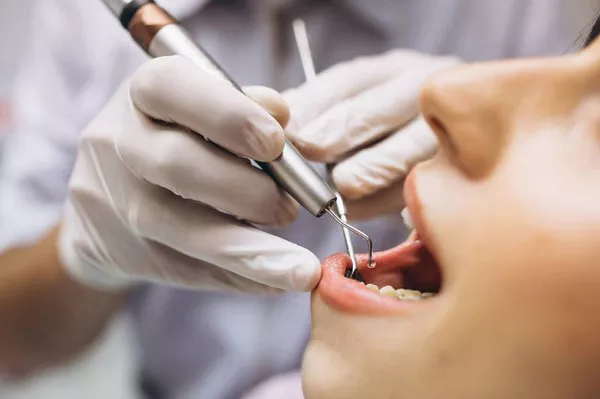Tooth extraction is a common dental procedure that involves the removal of a tooth or teeth from the socket in the jawbone. Dental implants are artificial teeth that are designed to replace missing teeth, and they are often used as a permanent solution for individuals who have lost teeth due to injury, decay, or other reasons. However, patients who have recently undergone tooth extraction may be wondering how long they should wait before getting dental implants placed.
In this article, we will explore the factors that affect the timeline for implant placement after tooth extraction, as well as the typical timeline for the procedure. We will also discuss some of the risks and complications associated with implant placement after tooth extraction, and what patients can do to minimize these risks.
Factors Affecting Implant Placement Timeline
Several factors can affect the timeline for implant placement after tooth extraction. Some of the most important factors include:
Healing Time
The first factor that affects the timeline for implant placement is the amount of time it takes for the socket to heal after the tooth extraction. This healing process typically takes between 3-6 months, although it can take longer in some cases.
Bone Density:
The density of the patient’s jawbone is another important factor that can affect the timeline for implant placement. If the bone is too soft or too thin, the implant may not be able to properly fuse with the bone, which can result in implant failure.
Patient Health:
The overall health of the patient can also impact the timeline for implant placement. Patients who smoke, have uncontrolled diabetes, or have other medical conditions that affect healing may need to wait longer before getting implants placed.
Timeline for Implant Placement
The timeline for implant placement after tooth extraction can vary depending on the individual patient’s circumstances. However, there are generally two main options for implant placement:
Immediate Implant Placement:
Some patients may be good candidates for immediate implant placement, which involves placing the implant at the same time as the tooth extraction. This option is typically only recommended for patients with healthy bone density and good overall health.
Delayed Implant Placement:
For most patients, delayed implant placement is the preferred option. This involves waiting until the socket has healed fully before placing the implant. The timeline for delayed implant placement is typically 3-6 months after the tooth extraction.
Risks and Complications
While dental implants are generally considered a safe and effective solution for missing teeth, there are some risks and complications associated with implant placement after tooth extraction. Some of the potential risks include:
Infection:
Patients who undergo implant placement after tooth extraction are at increased risk for infection. This can occur if bacteria enter the surgical site and cause inflammation or other complications.
Implant Failure:
If the implant does not properly fuse with the jawbone, it may fail to provide a stable foundation for the replacement tooth. This can result in implant failure and the need for additional surgery.
Nerve Damage:
In rare cases, implant placement after tooth extraction can cause damage to nearby nerves. This can lead to numbness or tingling in the tongue, lips, or cheeks.
Conclusion
Tooth extraction can be a difficult process, but dental implants offer a permanent solution for individuals who have lost teeth. If you are considering implant placement after tooth extraction, it is important to work closely with your dentist to determine the best timeline for the procedure based on your individual circumstances. By taking proactive steps to minimize the risks and complications associated with implant placement, you can ensure the best possible outcome for your dental health.
Related Topics:




























